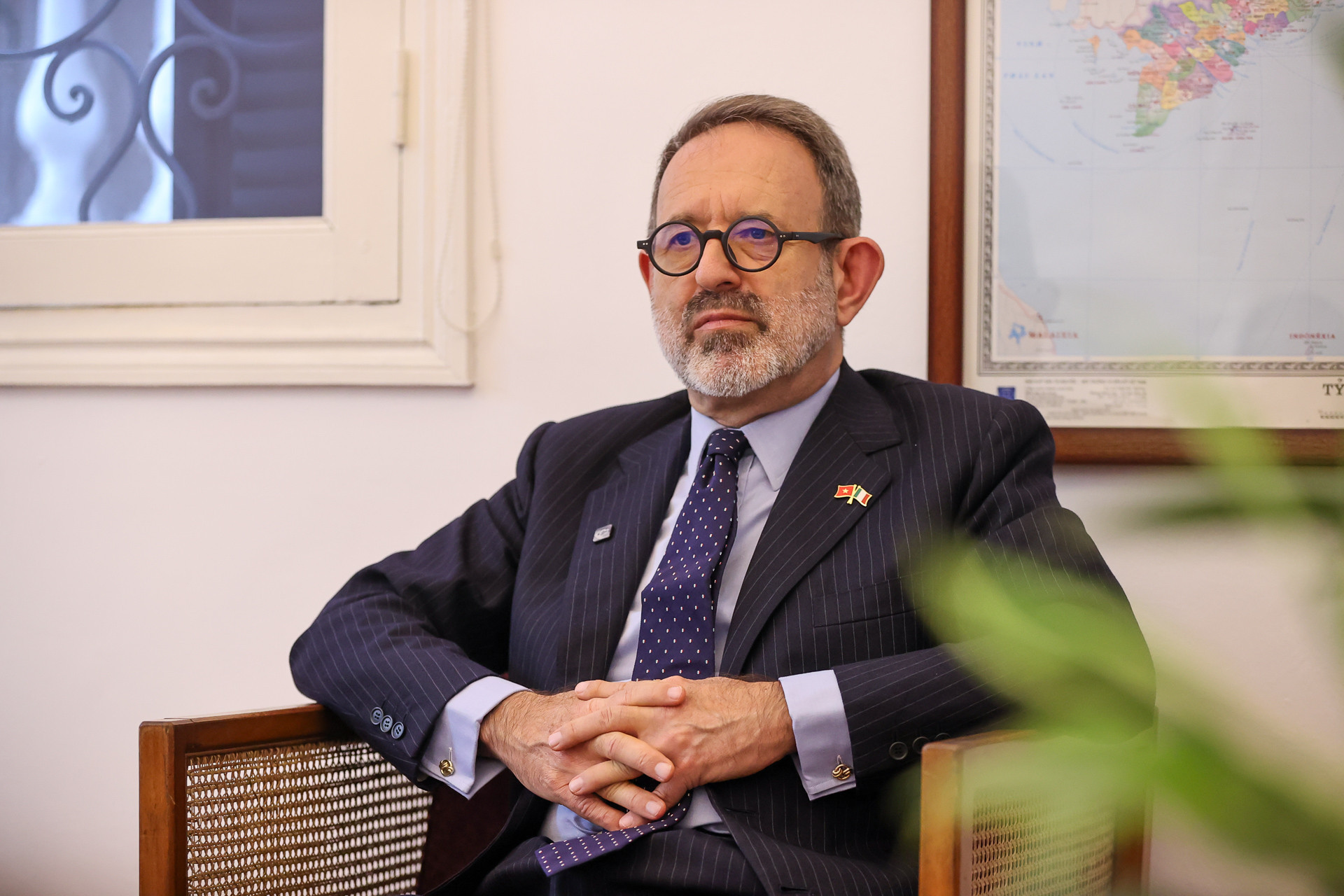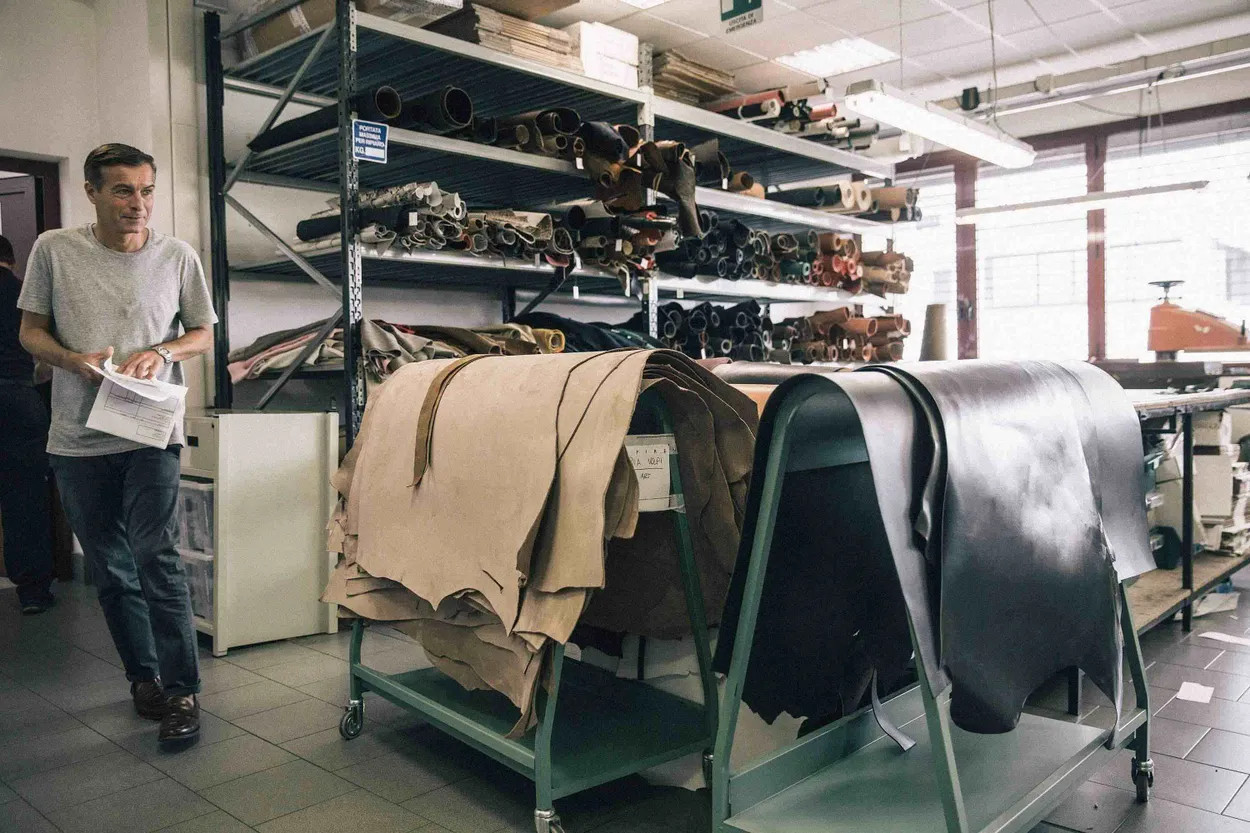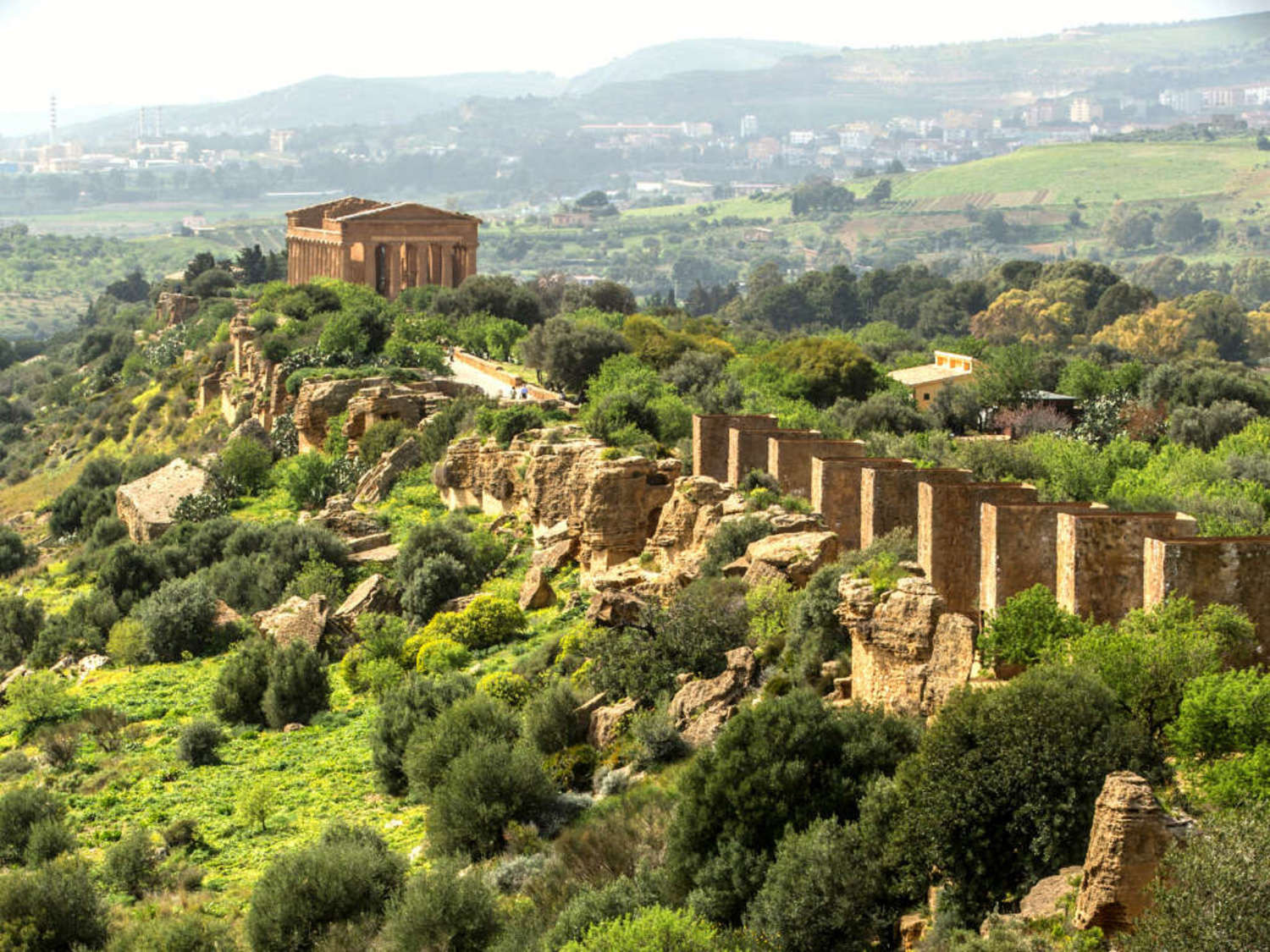Unlike some countries that prioritize mass production and scale-based growth, Italy focuses on high-quality products. This, according to Marco Della Seta, the Italian Ambassador to Vietnam, is the key to overcoming the "middle-income trap."

Q: In recent years, what Vietnamese achievements have most impressed Italy and its partners?
Ambassador Della Seta: The first and foremost is Vietnam’s remarkable economic growth. Achieving a GDP growth rate of over 7%, alongside a surge in trade and investment, is truly impressive.
These achievements have drawn significant attention from Italy. Vietnam is seen as a land full of potential, especially in economic terms, and Italian businesses and investors have high expectations for this market.
Beyond the numbers, these improvements have a tangible impact on people’s lives, opportunities, and future prospects - this is what truly makes these achievements meaningful.
As a diplomat, I must also highlight Vietnam’s strides in foreign relations. Just last year, Vietnam hosted over 24 state visits, including those from the U.S. President, China’s President, and Russia’s President. This is an extraordinary achievement.
These visits are not just symbolic but reflect Vietnam’s growing role as a respected, trusted, and influential global partner. They signal the country’s increasing strength in diplomacy and international relations.
Q: Italy is Vietnam’s third-largest EU trading partner, while Vietnam is Italy’s largest trading partner in ASEAN. Given the geographical distance, how do you view the current economic and trade cooperation between the two countries?
Ambassador Della Seta: The Vietnam-Italy trade relationship is thriving. Despite the distance, bilateral trade has continued to grow, increasing by 13% this year - a very positive result. This aligns with Vietnam’s overall economic trajectory, but it also reflects the deep economic ties between our two nations.
What’s particularly interesting is that our trade relationship is diverse and complementary. While both Italy and Vietnam are manufacturing-driven economies, we do not compete directly; instead, we supplement each other’s strengths.
Vietnam exports a wide range of goods to Italy, including electronics, phones, agricultural products (such as coffee, fruits, and seafood), and raw materials like iron ore and metals.
Conversely, Italy primarily exports machinery (which makes up 24% of its total exports to Vietnam), pharmaceuticals (16%), and materials such as fabrics and leather used in Vietnam’s garment and footwear industries.
Another fascinating aspect of our trade is its circular nature. Many Italian imports are further processed or assembled in Vietnam before being re-exported - sometimes even back to Italy. This value-added trade cycle demonstrates our strong economic integration.
However, there is still room for growth, particularly in luxury goods and food products. While these sectors currently account for a small share of bilateral trade, they have enormous potential.
Italy is renowned for luxury fashion and fine cuisine, and I believe Vietnamese demand for these high-end products is growing. Similarly, Vietnamese food products have vast potential in the Italian market.
Q: Italy is world-famous for its high-end manufacturing, meticulous craftsmanship, and luxury goods - especially in leather and fashion. What guiding principles shape Italy’s excellence in these fields?

Ambassador Della Seta: Italy’s economic model stands out because we prioritize quality over quantity. Unlike some nations that focus on mass production and scaling up, Italy has built its success on crafting high-quality products.
This commitment to quality is the key to escaping the middle-income trap.
When you focus on premium products - whether through advanced technology, innovative design, or skilled craftsmanship - you can remain competitive even if your prices are not the lowest. This approach ensures sustainability and long-term success in global markets.
For Vietnam, leveraging its skilled and adaptable workforce while continuing to develop high-value, finely crafted products would be a strategic move. The Vietnamese government’s push for high-tech development is a step in the right direction, but there is more to be done.
Even in consumer goods, Vietnam can enhance product value through design and craftsmanship instead of focusing purely on volume. This strategy has worked well for Italy, and it can work for Vietnam too.
Moreover, success isn’t just about producing high-quality goods - it’s about internationalization. Italian businesses actively expand into global markets rather than limiting themselves to their home country or familiar regions. This ambitious, outward-looking mindset has been crucial to our success.
Q: Italy has over 4 million SMEs - the highest number in the EU - while Vietnam also has a strong SME sector, though largely focused on the domestic market. What lessons can Vietnam learn from Italy’s SME success?
Ambassador Della Seta: One of Italy’s greatest SME strengths is its cluster system. Many small and medium enterprises (SMEs) are geographically concentrated and organized around specific industries.
For example, in Italy:
Marche specializes in footwear
Carpi (Emilia-Romagna) is a hub for knitwear
Belluno is known for eyewear manufacturing
Udine is famous for furniture production
These clusters allow SMEs to share common services, including marketing, export assistance, and financing. By collaborating, SMEs achieve economies of scale, enabling even small businesses to compete globally.
I see similarities in Vietnam, such as Bat Trang Ceramic Village near Hanoi - a well-known pottery hub. However, I am unsure whether Vietnamese clusters share resources for marketing, exports, and financial support to the extent Italian ones do. Strengthening these aspects would be a crucial step forward.
It’s not just about geographical proximity; SMEs must also share infrastructure and services to drive growth and expand internationally.
Q: Italy is a global cultural powerhouse. How is the Italian Embassy fostering cultural exchanges with Vietnam in 2024?

Ambassador Della Seta: We’ve expanded cultural exchanges, especially since 2023, when we celebrated 50 years of diplomatic relations and 10 years of our Strategic Partnership.
In 2023 alone, we organized over 60 cultural events, and we aim to increase this in 2024. Highlights include:
A mosaic art exhibition at the Vietnam Museum of Ethnology, attracting over 50,000 visitors.
A textile exhibition in Hanoi, showcasing Italy’s rich heritage in craftsmanship.
A year-long "Sounds of Brotherhood" project, featuring collaborations between Italian and Vietnamese musicians and performers.
A recent electronic music festival at Casa Italia, featuring both Italian and Vietnamese artists.
We always strive for true cultural exchange - ensuring that events involve Vietnamese partners, rather than being solely Italian showcases. This deepens mutual understanding between our nations.
Q: Vietnam is an increasingly popular destination for Italian tourists. How do you see this trend evolving?
Ambassador Della Seta: Italians love Vietnam. During Christmas, many of my friends visited me here - some who had never visited me in other postings before!
Vietnam is a hot destination in Italy, and I expect its popularity to grow even more when Vietnam Airlines launches a direct flight to Italy this July.
Currently, around 100,000 Italian tourists visit Vietnam annually - a relatively modest figure but with huge potential for growth.
Q: Italy excels at preserving cultural heritage. What lessons can Vietnam learn?
Ambassador Della Seta: Italy treats cultural heritage as a national asset, requiring careful management and preservation.
Vietnam is on the right path, but one key lesson is: preserve what remains rather than reconstructing lost structures.
For example, the Colosseum remains partially ruined, rather than being rebuilt, to maintain historical authenticity. Reconstruction with modern materials risks erasing historical integrity.
Italy has also collaborated in restoring My Son Sanctuary since the 1990s, alongside India and Japan. We hope to expand cooperation to modern architectural heritage, such as Hanoi’s beautiful French colonial buildings.
Pham Vu Thieu Quang